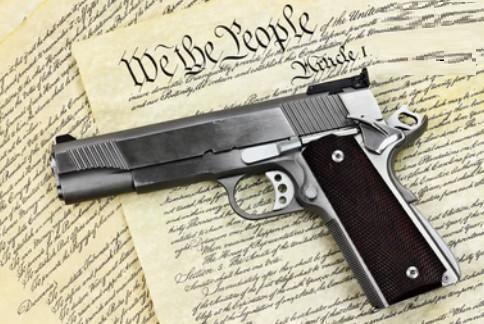

- Ref # CAB00159
- June 23, 2022
Supreme Court Rules in First Second Amendment Case in a Decade
By: Tiffany D. Cheuvront, Attorney, Michel & Associates and Second Amendment Law Center
Tiffany Cheuvront is the Managing Attorney at Michel & Associates, P.C. Ms. Cheuvront practices civil litigation, corporate, and constitutional law. More information about Ms. Cheuvront can be found here.
Supreme Court Rules in First Second Amendment Case in a Decade
The Supreme Court released a detailed and complex opinion today in the case of New York State Rifle and Pistol Association v. Bruen (NYSRPA). The case called into question the regulatory scheme of the state of New York in how they issue (or in this case refuse to issue) concealed carry licenses to citizens.
The state of New York prohibits “open carry” of firearms and required “proper cause” to be given before any concealed carry licenses were issued. They also attempted to make the entire island of Manhattan a “sensitive place” where a firearm could not be carried simply because of the density of the population.
The Supreme Court in a 6-3 ruling struck down the New York law requiring proper cause. This means that the few other states where “proper” or “good cause” are required are also in trouble and will have to change that requirement because it is unconstitutional. Even California Attorney General Bonta released a statement confirming that “California ....







